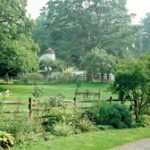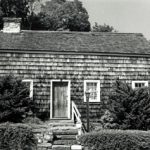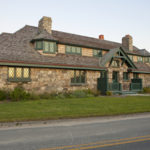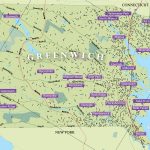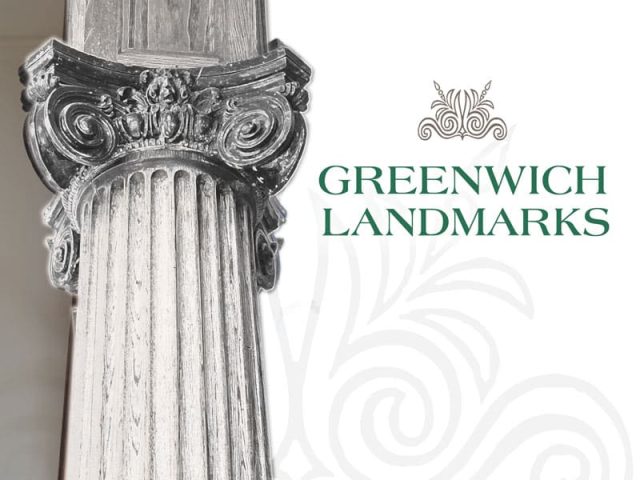Preserving Greenwich:
Understanding Historic Designations & The Organizations That Support Them
There is a variety of designations for historic resources within the field of historic preservation. Most designations provide protection for the historic resource but in varying degrees.
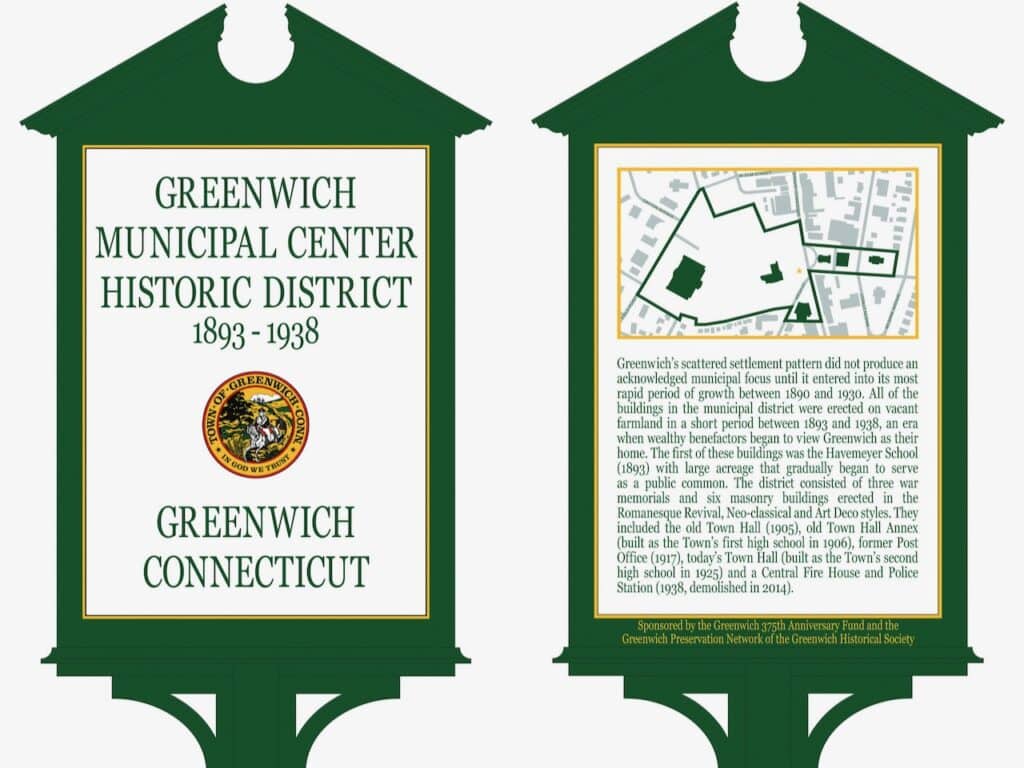

Greenwich’s architectural landscape has changed considerably since the late 1960s, and many of our older, historic structures have disappeared. Greenwich Landmarks is the Greenwich Historical Society’s response to this dilemma. The Landmark designation is unique to Greenwich, and structures earning the title secure their rightful place in the town’s history.
